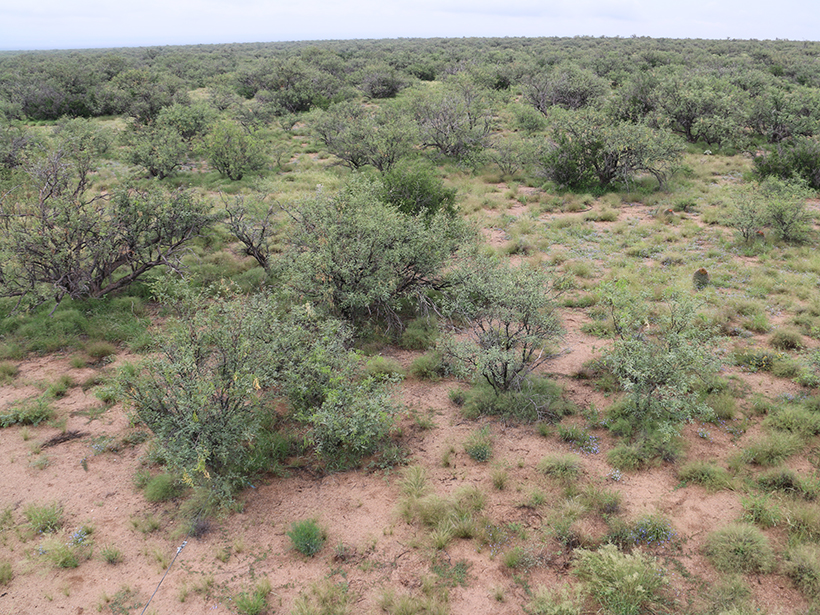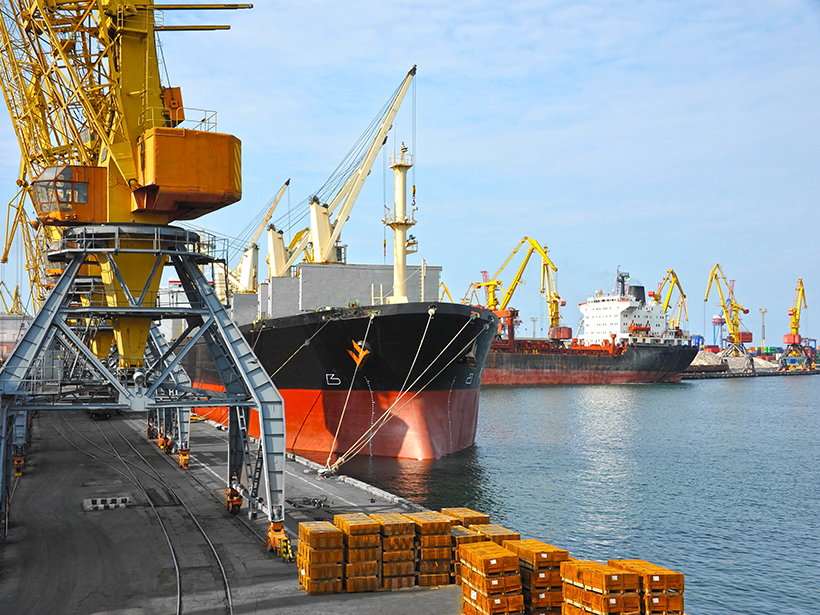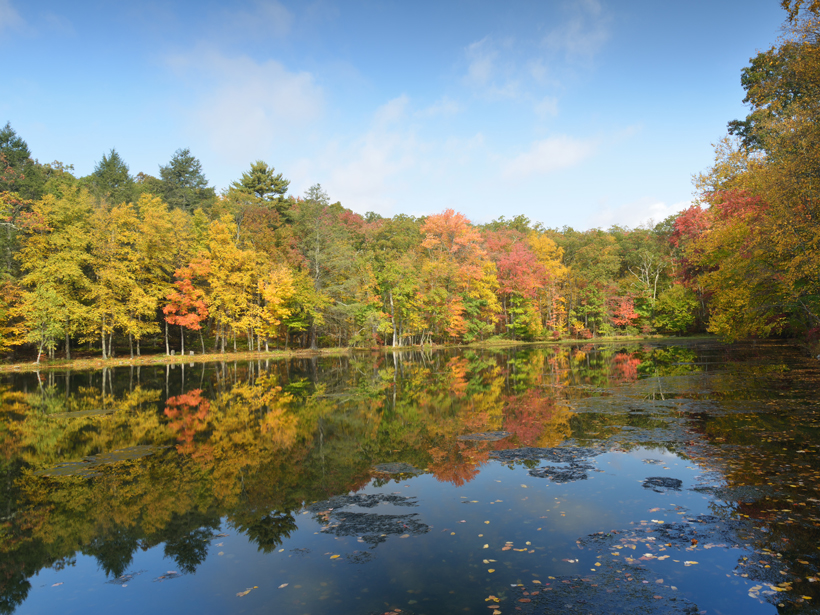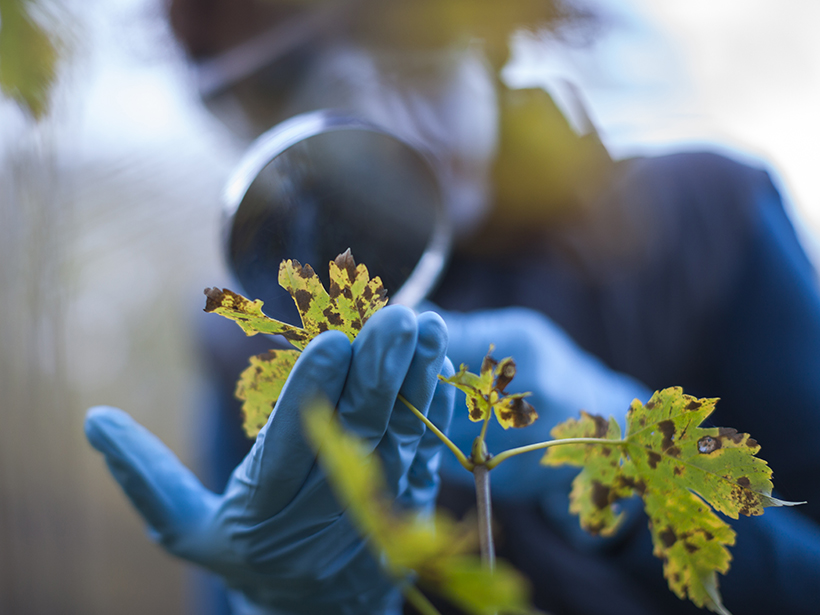A new study shows that mesquites employ hydraulic redistribution to move water between soil layers in the savannas of Santa Rita.
Climate Change
Trump’s Ocean Policy Order Draws Ire from Conservation Groups
The executive order gives nods to science and the environment but focuses on resource development and national security.
Toward Standardized Data Sets for Climate Model Experimentation
A new initiative collects, archives, and documents climate forcing data sets to support coordinated modeling activities that study past, present, and future climates.
Dark and Stormy: How More Rainfall Leads to Warm and Murky Lakes
Reduced clarity in two northeastern Pennsylvania lakes has resulted in warmer surface water and cooler bottom water despite stable regional air temperatures during the past 3 decades.
Upper Estuaries Found to Be Significant Blue Carbon Sink
Inland from the seagrass and salt marsh ecosystems that border the ocean, upper estuaries store more carbon than previously realized and could play an important role in mitigating climate change.
Exploring the Interplay Between Ocean Eddies and the Atmosphere
Ocean Mesoscale Eddy Interactions with the Atmosphere: A CLIVAR Workshop; Portland, Oregon, 17–18 February 2018
Refining Remote Sensing of Dissolved Organic Carbon in Waterways
Nearby vegetation affects the color of organic matter, a new study finds.
New Version of Popular Climate Model Released
After spending months addressing a big glitch, researchers released the second version of the Community Earth System Model.
Exploring a More Dynamic Arctic Icescape
A joint special issue presents new findings from a field campaign in the Arctic Ocean which highlights key processes that need to be taken into account to predict the future of the Arctic ice pack.
Climate Research Funding Still Under Threat, Report Warns
Congressional appropriations may not be sufficient enough to fund climate research if the Trump administration reprograms funds or takes other steps to limit funding, the report says.










